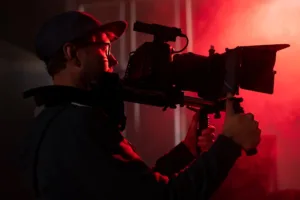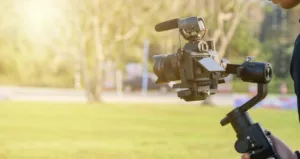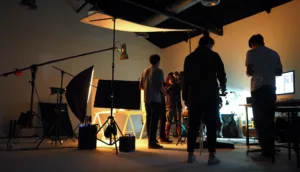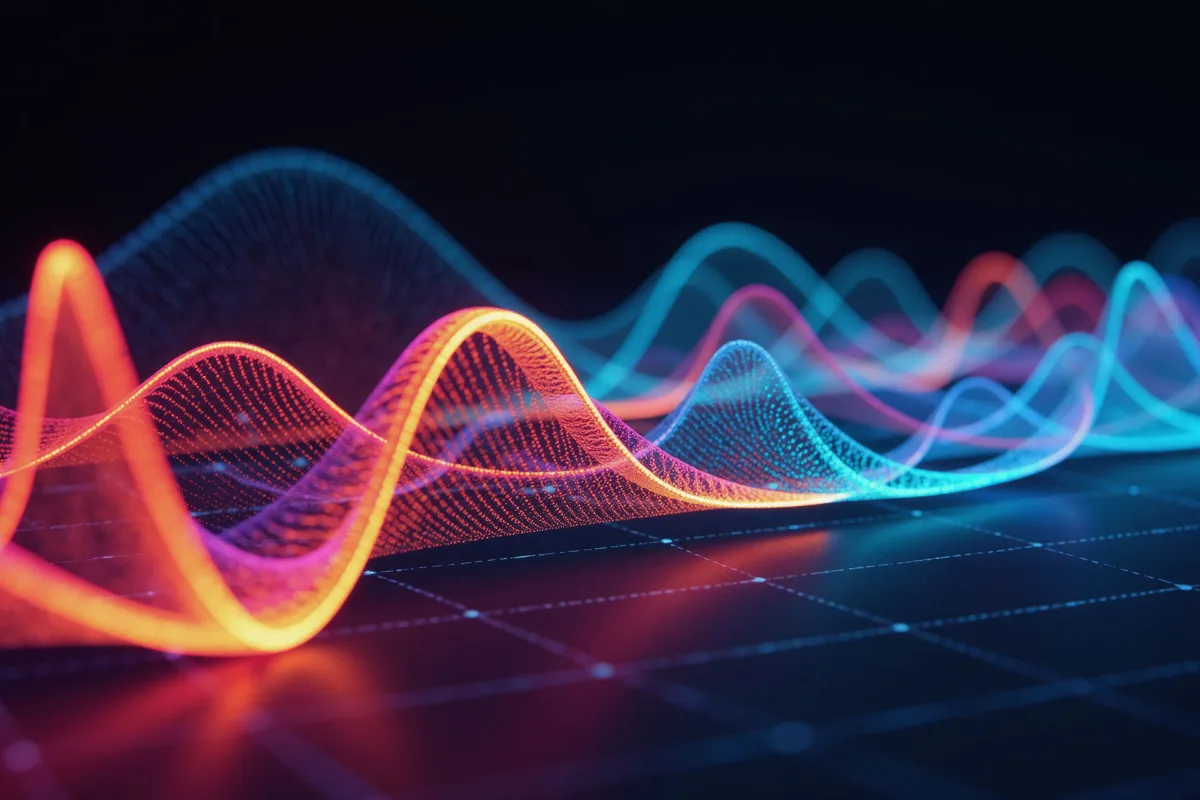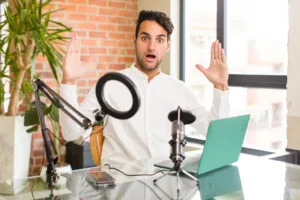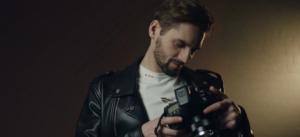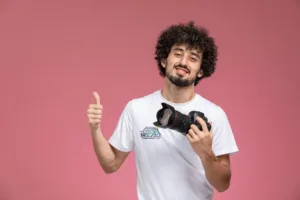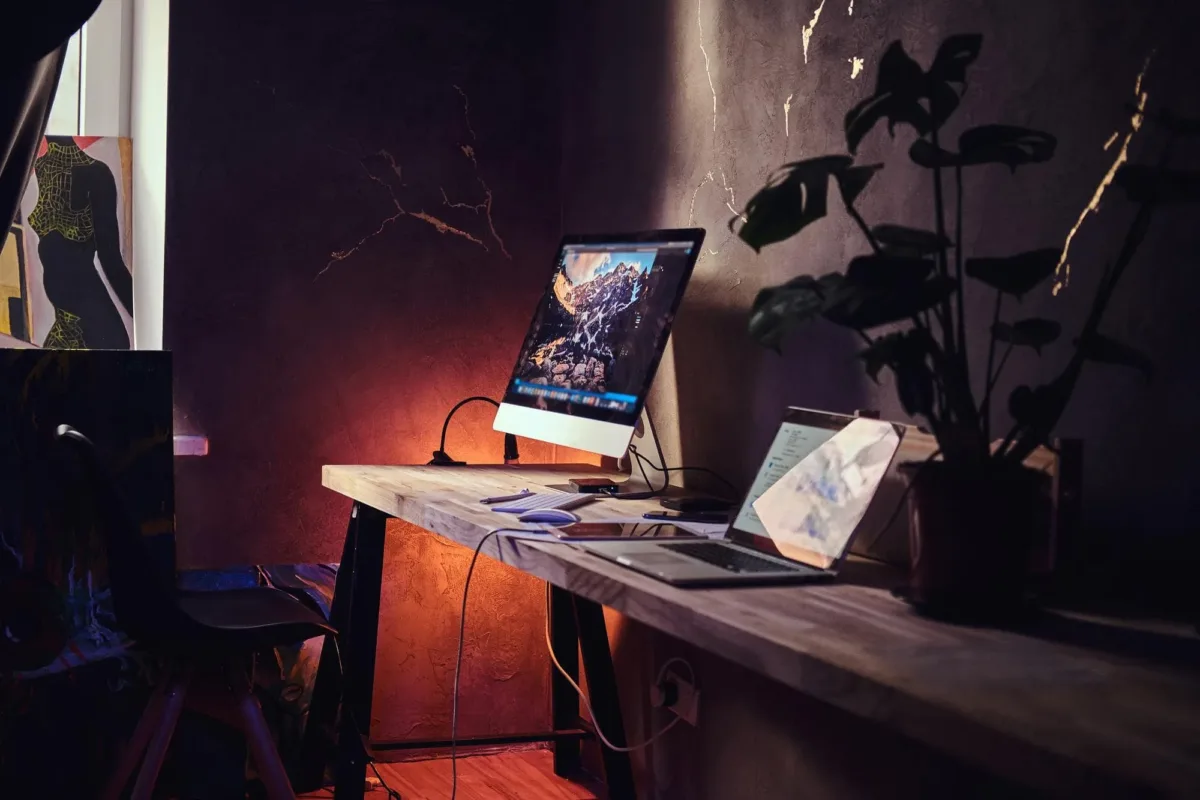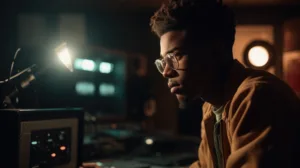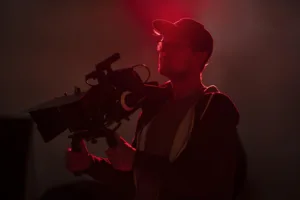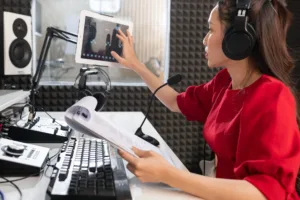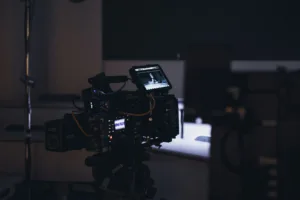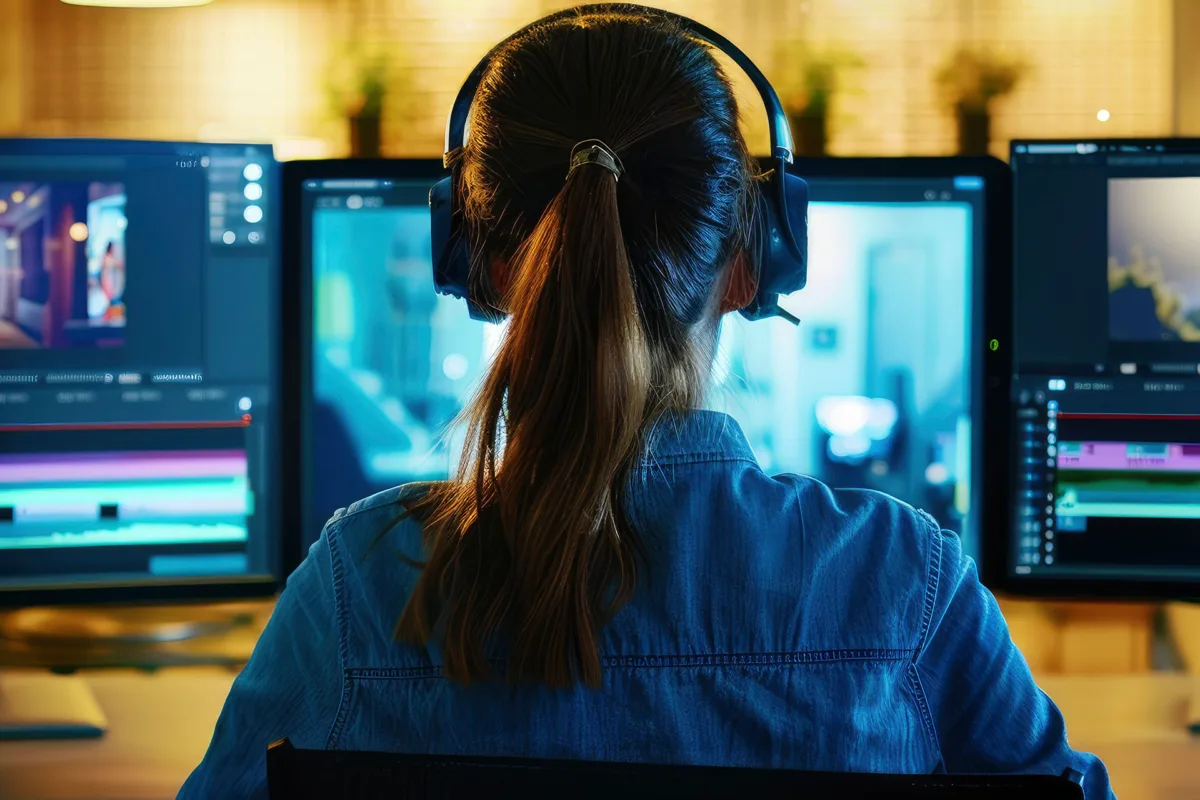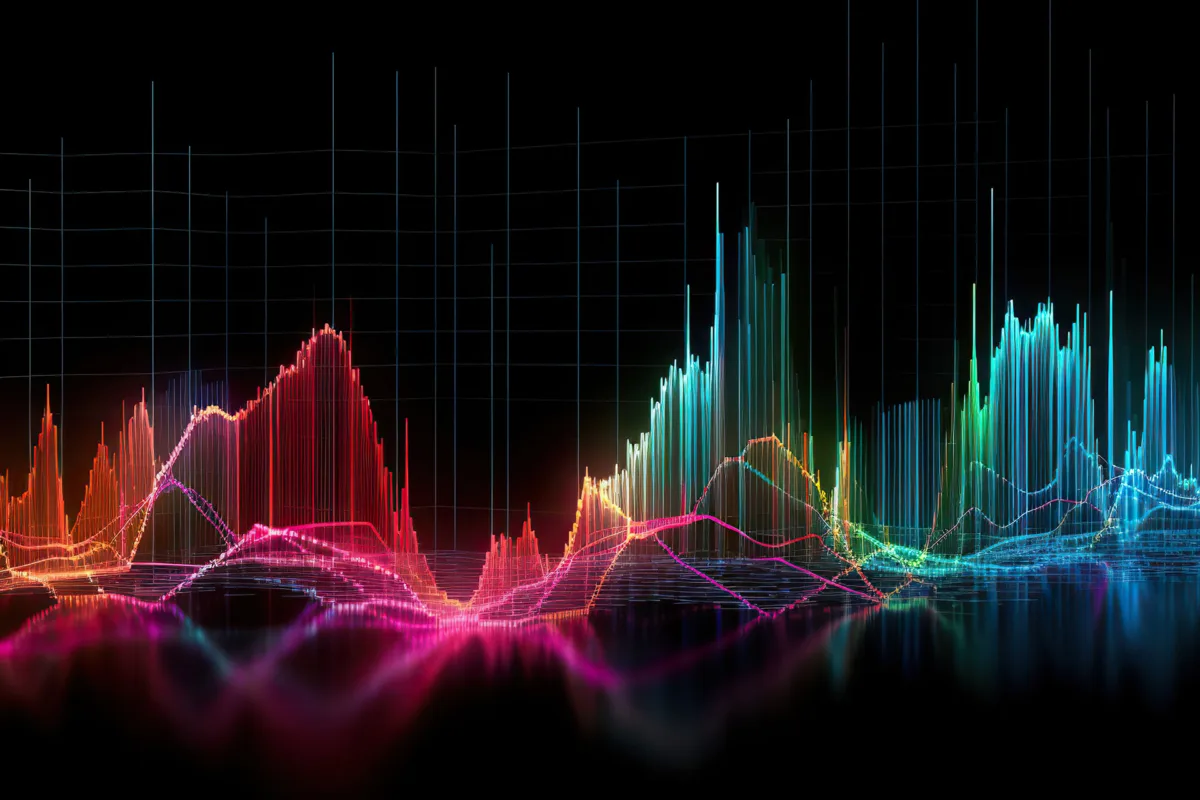Sound Therapy Redefined: Tuning Ethnic Instruments to Heal.
Music That Resonates with the Soul
Music is more than entertainment—it’s a tool for connection, inspiration, and even healing. If you’re a content creator, the right sound can transform your project, creating a deep emotional impact. That’s where sound therapy comes in, and TuneCutter is leading the way with its unique approach to free royalty-free music.
Imagine tracks crafted with ancient Indian, Japanese, and Greek instruments, tuned precisely to healing frequencies. Combined with modern techniques like sine wave modulation and analog mastering, these sounds are designed to resonate on a profound level. Better yet, TuneCutter lets you download these tracks for free, including their stems, so you can customize them to fit your vision.
Contents
Why Healing Frequencies Matter for Your Content
Healing frequencies aren’t just for wellness retreats or meditation apps—they’re becoming a powerful tool for content creators. From podcast intros to cinematic scores, these frequencies create an atmosphere of calm, focus, and emotion.
At TuneCutter, every track is carefully tuned to specific frequencies known to promote well-being, like 432Hz and 528Hz. By incorporating these sounds, you’re not just adding background music—you’re creating an immersive experience.
The Magic Behind the Music: Ethnic Instruments Meet Modern Mastering
1. Ethnic Instruments for Authenticity
TuneCutter’s tracks feature a global ensemble:
- Indian sitars and tablas bring warmth and rhythm.
- Japanese kotos and shakuhachis add a serene, meditative quality.
- Ancient Greek lyres evoke timeless wisdom and harmony.
Each instrument is tuned to a single chord that aligns with the chosen healing frequency, ensuring every note supports the track’s therapeutic intent.
2. Sine Waves for Subtlety
A pure sine wave, subtly modulated in select tracks, provides a stable harmonic base. It’s quiet enough to go unnoticed consciously but becomes apparent with slight head movements, creating an interactive listening experience.
3. Analog Warmth for Depth
Mastering is done with outboard analog equipment, giving the music a rich, organic feel. This warmth enhances the soothing qualities of the tracks, making them perfect for emotional storytelling.
How TuneCutter Empowers Content Creators
TuneCutter isn’t just about providing beautiful music—it’s about giving creators control. Each free download comes with stems, letting you isolate or mix individual elements like the pad, sine wave, or ethnic instrument layers. Here’s how you can use them:
- Podcasts: Create a calming intro with the sine wave stem.
- Videos: Layer the stems for dramatic impact in key scenes.
- Meditation Apps: Highlight the ethnic instruments for a meditative soundscape.
With these customizable options, your projects will stand out in a sea of generic content.
Why TuneCutter’s Free Music Is Perfect for Your Projects
- 100% Royalty-Free: Use the tracks commercially without worrying about licensing.
- Flexible Stems: Customize the mix to fit your specific needs.
- High-Quality Production: Every track is mastered to professional standards.
- Healing Focus: Perfect for wellness, education, or emotionally driven content.
Download your free tracks today from TuneCutter’s Royalty-Free Music Library.
FAQs About Healing Frequencies and TuneCutter
How do healing frequencies work in music?
Healing frequencies, such as 432Hz or 528Hz, are believed to promote relaxation and well-being by resonating with the body’s natural vibrations. They create an emotional and physical connection with the listener.
Can I use TuneCutter’s music in commercial projects?
Yes! All tracks on TuneCutter are 100% royalty-free, meaning you can use them for commercial projects like ads, films, and podcasts without any fees.
What are stems, and how can I use them?
Stems are individual audio tracks for each element of a song (e.g., percussion, melody, sine wave). With TuneCutter, you can download stems to customize the music for your project.
Why are ethnic instruments tuned to healing frequencies?
Ethnic instruments naturally evoke emotion and cultural depth. When tuned to healing frequencies, they enhance the listener’s experience by combining musicality with therapeutic intent.
How does TuneCutter ensure high-quality music?
TuneCutter uses professional-grade equipment and analog mastering techniques to deliver warm, balanced, and immersive soundtracks.
Is the music on TuneCutter only for meditation or wellness content?
Not at all! While perfect for meditation and wellness, TuneCutter’s tracks are versatile enough for podcasts, YouTube videos, films, and more.
Final Thoughts: Elevate Your Projects with TuneCutter
Sound therapy is no longer limited to the wellness world—it’s a creative tool that can elevate any project. By using TuneCutter’s free royalty-free music, you gain access to beautifully crafted tracks designed for healing and inspiration.
So, whether you’re producing a YouTube series, developing a meditation app, or just need the perfect background music, TuneCutter has you covered. With free downloads and customizable stems, the possibilities are endless.
Start exploring today at TuneCutter and transform your content with the power of healing frequencies.




